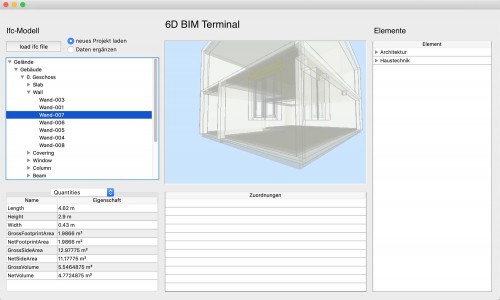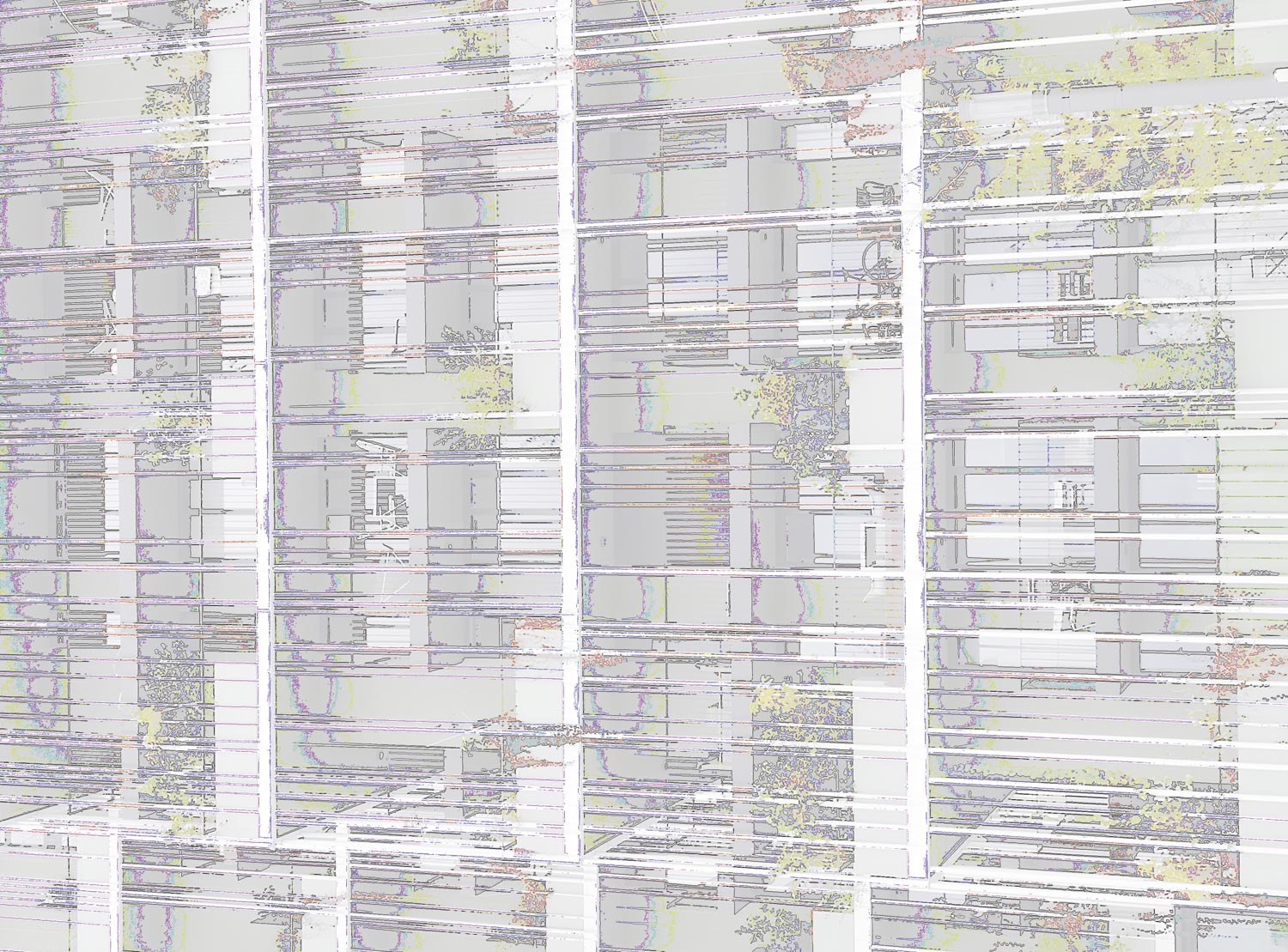Building Information Modelling (BIM) makes it possible to take environmental and sustainability aspects into account as early as the phase of planning a building, so as to achieve zero-carbon buildings. Along with minimizing carbon-dioxide emissions, life-cycle costs (LCC) and other ecological (life-cycle assessment) indicators also play an important part in integrated planning.
While the 3D-BIM approach is already a standard feature of planning in Britain and Norway, the method has only recently started to be implemented in German-speaking Europe. There are hardly any examples of BIM being extended to include the dimensions time (4D), cost (5D) and sustainability (6D) to date. The Austrian Institute for Healthy and Ecological Building (IBO)* is carrying out a project aimed at closing the gap between BIM-based design processes and specialized planning, and aiding cradle-to-grave life-cycle analysis hand in hand with planning.
Complex data exchange
The 6D-BIM terminal is being developed as a tool for collaboration between organizations; it makes data exchange possible between 3D planning programmes and complex BIM systems by converting relatively simple 3D elements into complex 6D BIM elements. Data that go beyond geometrical and representational information and are needed to take costs, deadlines and sustainability aspects into account are automatically added by means of predefined BIM elements. The data structure of these BIM elements is based on (inter)national standards (IFC, bsDD, ASI property server) as far as possible. The 6D-BIM terminal is the central platform used for data transfer. The construction management software ABK is upgraded for more complex computation, so that it can read in the relevant data in IFC format from the BIM architecture model and return them in suitable formats (e.g. as BCF, BIM Collaboration Format). LCA data, life-cycle costs and specifications can be derived from the building models.

Project goals
> Identifying the properties required for life-cycle analysis, including a manual for planners and functional specifications for software companies
> Catalogue with 6D-BIM structural elements and building service equipment that can be used as a sample element and adapted to a specific project
> Prototype of 6D-BIM Terminal with functional user interface, APIs and reference catalogue
> Adapting the specific sectoral planning tools to integrate the 6D-BIM data model, including interface to BIM terminal
Applying the new planning tool
Using the 6D-BIM terminal helps planners to consider ecological improvements and life-cycle perspectives right from the start of a BIM process. The new tool can thus contribute significantly to achieving carbon-dioxide-neutral buildings. This new technology is intended to benefit SMEs in particular, facilitating first steps in the complex world of BIM planning.
*Project partners: ib data, baubook GmbH, Güssing Energy Technologies (GET), AEE INTEC, A-NULL Development GmbH
